In Portugal, over 30 million toys end in landfills or incinerators every year. Led by Zero Waste Lab and Precious Plastic Portugal, REPLAY aims to reduce this waste, by promoting municipal community-driven circular networks, to collect and either repair and donate toys or recycle their materials. To complete the loop, an eco-design competition invited University students to develop a toy made from recycled plastic thus demonstrating how a toy can be sustainably engaging through its lifecycle.
Most toys are made of different materials, complex (if not impossible) to dismantle, making them difficult to recycle and repair. The number of toys with low-quality plastics, offered as free gifts and of little interest, is also growing dramatically. As a result, in Portugal, over 30 million toys end up in landfills or incinerated every year. REPLAY, led by Zero Waste Lab and Precious Plastic Portugal, presented opportunities to question the quality and quantity of toys, while also exploring new perspectives on sustainable production, consumption and extended responsibility, inspired by the concepts of a circular and decentralised economy.
Throughout 2021, Replay set up the first collection and sorting network for end-of-life toys and tested a recycling circuit in 5 municipalities - Évora, Lisbon, Cascais, Porto and Figueira de Castelo Rodrigo - relying on local Precious Plastic laboratories for the creative transformation of plastic into new toys plus partnerships with local creative projects and recyclers for the upcycling of other materials —paper, electronic components, metal and rubber. Toys in good condition were offered to local charities and a system for exchange between families was successfully tested. A set of quantitative and qualitative data was collected, a first concerning the toy market in Portugal, namely the composition of toys and the recyclability of materials, the identification of stakeholders in the recycling and repair sector, laying the groundwork for an Extended Producer Responsibility scheme for toys.
This also opened a window for the design of a new system that relies on decentralised local autonomy for decision-making on recycling outputs, legally woven in novel formats with industry and national entities. This pilot year also deeply engaged local schools and a myriad of local entities, providing crucial tools for environmental education and proactive civic engagement, raising demand for its continuity from the ground up.
Please highlight how the project can be exemplary in this context
1 - Develop replicable solutions for the creative valorization of toy materials in Portugal: Parallel to collecting old toys during the Replay campaign, a design competition invited University students to develop the concept of a new toy to be made from recycled plastic. The winning concept “OIO” was materialised by Opolab into 3 molds to be used in Precious Plastic Portugal (PPP) machines. Replicas were sent to PPP laboratories in 5 municipalities where creative teams were trained to produce OIOs from 45,000 pieces of plastic collected. The success of this endeavour is inspiring local PPP Labs to explore possibilities for transforming plastic into other useful items identified as local necessity, reinforcing closed recycling loops and local self-reliance. REPLAY was also able to test the recyclability of other materials found in toys, like rubber, electronics, paper and hard-plastic, paving ways for new recycling streams. For instance, rubber from car wheels and dolls was transformed into rain boots, using the technology of industrial partner "ProCalçado”. Throughout the process, valuable quantitative and qualitative data was collected, laying groundwork for further study on the feasibility of an Extended Responsibility framework for end-of-life toys in Portugal.
2 - Raising public awareness regarding the lack of sustainability of the toy market and related public health and environmental issues. From production to disposal, toys pose environmental and public health problems: use of low-quality materials and hazardous chemicals, lack of repairability and recyclability, waste production, marketing targeting children and over consumption. Following Zero Waste principles Rethink, Reduce, Repair, Reuse, REPLAY brought together stakeholders and experts in public conversations around important themes such as toy toxicity, eco-design and marketing, democratizing citizens' access to quality information while encouraging conscious consumption and critical deeper reflection.
Please highlight how the project can be exemplary in this context
1. Participatory eco-design: From the start, REPLAY considered transforming old toys into new toys, closing a coherent loop. Beyond all recycling potential, the underlying intention was to concretely demonstrate through design how a toy can be sustainably engaging through its lifecycle. Art & Design University students were challenged to design a concept for a new toy, respecting 13 technical, aesthetic and functional criteria. The winning toy OIO was selected by a jury of 263 kids, 3 product designers, an eco-design and 2 waste-prevention experts. From 3 colorful pieces —a ring, a cylinder and a square, OIO enables playing at least 7 traditional games, emphasizing the spirit of sharing between children by inviting them to join their kits for better play. Plus, colors can be chosen for each piece adding playfulness to both process and outcome.
2. Empower Precious Plastic Portugal communities: Portugal has many creative communities of makers equipped with Precious Plastic machines and trained by PPP team led by OPOLAB, offering great possibilities in the valorization of plastic currently without recycling solutions. REPLAY's built on the human and technological resources offered by PPP teams, to create and reinforce local and independent circuits of creative recycling, namely of other plastic items into new objects deemed useful by communities. REPLAY's methodology shows great potential for expansion into other territories, as Precious Plastic communities are active nationally and internationally. Moreover, the acquisition of Precious Plastic machines is very affordable, encouraging new Labs to join REPLAY’s network at any time.
3. Graphic coherence in communication: primary colors were used to reflect waste as building blocks for all possibilities. A logo was designed to reflect the versatility of construction and all communication was coherently striking and playful —icons, infographics, newsletters— making data easily understandable and appealing to all ages.
Please highlight how the project can be exemplary in this context
1. Creating and spreading local circular economy networks driven by community members: Toys are powerful objects of awareness and mobilisation, allowing us to question in a more sensitive way our linear modes of production and consumption, paving the way for addressing waste prevention among local communities. REPLAY has developed a participatory methodology allowing the active involvement of civil society for the creation of local networks of collection, separation and recycling, weaving local opportunities. Focusing on community-led efforts, it offers the advantage of being highly engaging, easily replicable and adaptable to local contexts and needs. In each municipality, citizens were encouraged to take an active part in the whole process. 8,522 toys were delivered by hundreds of families and more than 60 citizens and 15 schools contributed to their dismantling. Local businesses and organisations were activated to facilitate the toy collection process. More than 50 businesses and organisations from all over the country joined the network as toy drop-off points.
2. Supporting second-hand and donation channels: During the REPLAY end-of-life toy collection campaign, 1 out of 7 toys collected turned out to be in good condition, opening the possibility to divert them from recycling to reuse, an obvious priority driven by zero waste philosophy. Two streams were created to redirect toys in good condition:
1. We identified and contacted local charities working with families in vulnerable situations (from unemployed single moms to refugees) for toy donation. A total of 1221 toys were donated. We created and tested, with partners such as EDP (energy sector company) and local municipalities, the concept of « Troquedo », a box promoting the exchange of toys in good condition in 2 formats, both highly successful and replicable:
- children exchanging with children toys they no longer use;
- parents exchanging with parents, avoiding new consumption and costs.
Please highlight how this approach can be exemplary
Behind REPLAY are two complementary creative labs - Zero Waste Lab and Opo'Lab, both in service of ecological transition and local communities autonomy. Through a methodology based on multidisciplinary experimentation, novel uses of tech and adaptation to local contexts, the 2 organizations sought to harness the power of human networks to solve the various environmental challenges associated with toys life cycle, strengthening local symbioses of skills and resources among local community members: schools, families, local associations, universities, activists, creatives, businesses, industrials and public authorities. Thus, issues related to the production, consumption and end of life of toys served as an acupuncture point to address the broader concern related to waste generation and recycling as an entry point to test a collaborative system allowing participation and co-creation of solutions between actors and sectors of society. Therefore, from its conception to implementation, REPLAY elegantly merged the principles of sustainability, aesthetics and inclusiveness, by successfully designing a national circuit for the collection, recycling and reuse of end-of-life toys (diverting toys from going to landfill and incineration), both consistent and flexible, able to adapt to local contexts and allowing all levels of society to collaborate, co-create and innovate. Beautiful collaboration in creating beautiful new toys.
This level of flexibility and adaptation to local abundances could be observed in the field, through the myriad of sub-initiatives and local opportunities which arose from REPLAY and continued to strengthen the initial vision of the project. Among them, we can mention the use of a local digital currency to encourage the inhabitants of Castelo Rodrigo to participate in the collection campaign, the spontaneous mobilization of the territory's schools to organize toy dismantling workshops or the voluntary addition of 6 municipalities to the initial network.
Quantitative and qualitative results demonstrate Replay’s positive outcomes and development possibilities: In 3 months, 8522 toys were collected through 44 collection points in 11 municipalities, thanks to the investment of hundreds of families and students and the mobilization of 60 volunteers and 120 national partners representing all sectors of society. All locations were examples of best environmental practices and an opportunity for families to get to know them (zero waste stores). 77342 pieces of different materials commonly found in toys (plastic, rubber, paper, electronics & batteries, metal, fabric & wood) were dismantled. 1 out of 2 materials was identified as recyclable plastic. In fact, we counted a total of 44737 pieces of plastic, 60% of which serves to create ±500 OIO toys. All left-over plastics (40%), too hard and impossible to use in PPP machines, were sent to industrial partner “Extruplas” (national reference in the production of urban furniture from mixed plastic), to produce a box promoting the exchange of toys in good condition between children at playgrounds. 1090 electronic components were sent to an artist and 936 batteries to Electrão (national waste management entity of EEE). Rubber was upcycled into rain boots by industrial partner “ProCalçado”. All paper and cardboard, even from the lowest quality, was upcycled into notebooks and greeting cards by Lisbon family business Tipografia do Papeleiro Doido. These positive results, which prove the recyclability potential of most of the materials present in toys, pave the way for the future development of a EPR framework in Portugal for toys, mobilizing the technologies and know-how of local/national companies & industries, as well as promoting the creation of municipal networks led by citizens. In addition, 5 public debates with a dozen guests and 165 participants were organized, encouraging critical reflection on the health and environmental issues related to toys' linear life cycle
Please also explain the benefits that derived from their involvement.
Citizens and civil society have been placed at the heart of REPLAY at each stage of the project implementation. Collection-recycling circuits were conceived in an open and flexible way, in order to offer the possibility of adaptation to local contexts, needs and resources. A format that has proven effective, allowing the project to mutate organically according to participation and interest. A process that has ensured a strong involvement and ownership of the project and its impact among its main beneficiaries: children and families.
One example being the mobilization of art+design students for the creation of a concept for a new toy made from the plastic collected as well as the participatory and democratic vote that mobilized several schools and children across the country. Businesses from all over Portugal with best zero waste and sustainable practices offered themselves as collection points, making their customers aware of the environmental problems related to toys, promoting best-practices and acting as direct ambassadors of the campaign. Citizens were directly called to get involved in the dismantling and depositing toys in REPLAY collection points. A didactic participation guide explaining the whole process of dismantling toys by materials and its importance, was developed for this purpose and posted on the website and social media, in order to encourage families to be direct actors of the solution. Parents and teachers mobilized schools to be collection points but also to bring this theme into the classroom, adding tangibility to the concept of recycling, as well as hands-on experience in difficulties of dismantling, therefore influencing future consumption decisions. Public talks explore lateral issues. More schools want to be involved as well as municipalities wanting to set up PPP Labs, demonstrating the effectiveness of a system open to cross-sectional participation of civil society alongside business and government, building on their complementarities.
Toys are an example of unaddressed linear streams of careless production and consumption. Most toys contain materials mixed in complex configurations, hard to repair and recycle. Once precious, toys became cheaper and abundant, growing alongside over-consumption and parents’ busy lives. The number of toys with little interest retention and of low quality plastic, offered as abusive marketing freebies, grows dramatically. With no national recycling solution, over 30 million toys end up in landfills or incinerated every year. Replay co-designed and tested the 1st recycling circuit with decentralized operations weaving local opportunities, empowering national Precious Plastic communities (present worldwide). The complexity of materials was addressed through manual commitment in dismantling, identifying and counting each material. It was stressed that the identification of plastic types in toys is not mandatory. “Problematic” toys, impossible to dismantle for not being designed for such, were identified. An unpredicted spin-off will be the creation of an activist document identifying categories of problematics (metal welded onto plastic, proprietary screws for which no tools exist in the market - McDonald’s toys, etc), to be sent to toy manufacturers globally, hoping to incentivize ecodesign. REPLAY addressed toys’ toxicity. According to several studies, it’s the product category containing the most banned chemicals in the EU. Nearly 90% of toys are manufactured in China where standards for chemical use are not robust and easily enter the EU. These issues were discussed in public debates with experts, raising critical awareness and public discussion. Toys proved to be a good acupuncture point for larger issues (plastic, chemical pollution, global trade), intimately woven into daily lives, that were broadcasted locally at home, at school, among local public actors, raising a transversal willingness for proactive collaboration to make this story better for all children.
As the mainstream practice for the growing abundance of end-of-life toys is landfill and incineration, any initiative to counteract it brings innovation. Yet Replay took the opportunity to engage social and systemic complexity, highlight the complementarity of novel technologies to fortify local and affordable solutions at par with industry, and co-design novel decentralized operative systems that may set a critical precedent. In terms of recycling old toys into new toys via Precious Plastic machines, we showcased how open-source and low-cost solutions like PP can be feasible for local closed loop circuits, empowering makers and local communities to engage recycling through participatory design, paving the way for the dynamic and timely creation of new products to benefit communities directly. Having children majorly deciding on which toy to produce also guarantees real interest and gratifying involvement. Though plastic was primarily targeted, solutions were found for all materials, more tightly weaving the web of co-creation. Kicking the project at recycling, Replay was capable of designing solutions for extending the lifetime of good toys, by inviting direct exchange and also devising a piece of urban furniture produced industrially that can be placed in every playground across the country, serving as a practical library of reusable toys. Replay also paved the way for a hybrid and decentralized RAP scheme for toys, in partnership with a national waste management company willing to launch a study for designing a system that breaks from conventional format —whereas recycling operations always see collected materials sold to third industrial parties, this new approach is aiming at also creating products that will directly benefit the local communities involved - closed circular loops (from chairs for schools to sewage lids for municipality). Local participation and small scale creative Labs can coexist alongside national industry through the lens of complementarity.
Please provide clear documentation, communication of methodology and principles in this context.
TECHNOLOGICAL SOLUTIONS FOR RECYCLING TOYS MATERIALS:The results of REPLAY are crucial for the creation of a future reuse & recycling circuit for toys. As a multidisciplinary digital fabrication center, where Precious Plastic Portugal (PPP) project is based, OPOLab explores the use of new technologies in various domains: architecture, engineering, design etc. As such, OPOLab & ZeroWasteLab play key roles in forging strategic partnerships with multiple actors: public authorities, schools, associations, artists, scientists. The know-how gained along the year via PPP network, can now be scaled up to a wider network of FabLabs and PP communities (in PT &worldwide), pioneering the diffusion of plastic recycling from toys into new items in local closed-loop systems, while opening possibilities for the recycling of other plastic items without current solutions (following co-decision making processes on item priorities). It opens up exciting green job opportunities, as demonstrated in this pilot through the creation of 13 jobs, including 5 local coordinators of the recycling process.
ENVIRONMENTAL AWARENESS AND CIVIC ACTION: As teachers were enthusiastic about bringing REuse and REcycle themes into classrooms, the concept of boxes promoting toys exchange among kids (Troquedo) was successfully tested (& adopted by some schools). Didactic materials and iconography were also created in order to organize toy dismantling workshops for kids, representing tools for further environmental education, taking recycling from the conceptual sphere into something more tangible. In times of polarization, mobilizing civic, academia, market and governance engagement towards convergence is crucial, as knowledge fosters action. Public debates, using REPLAY's conversations format can be pursued in other contexts, through the communication channels created during the project, contributing to bringing health and environmental issues to public awareness & political discussion.
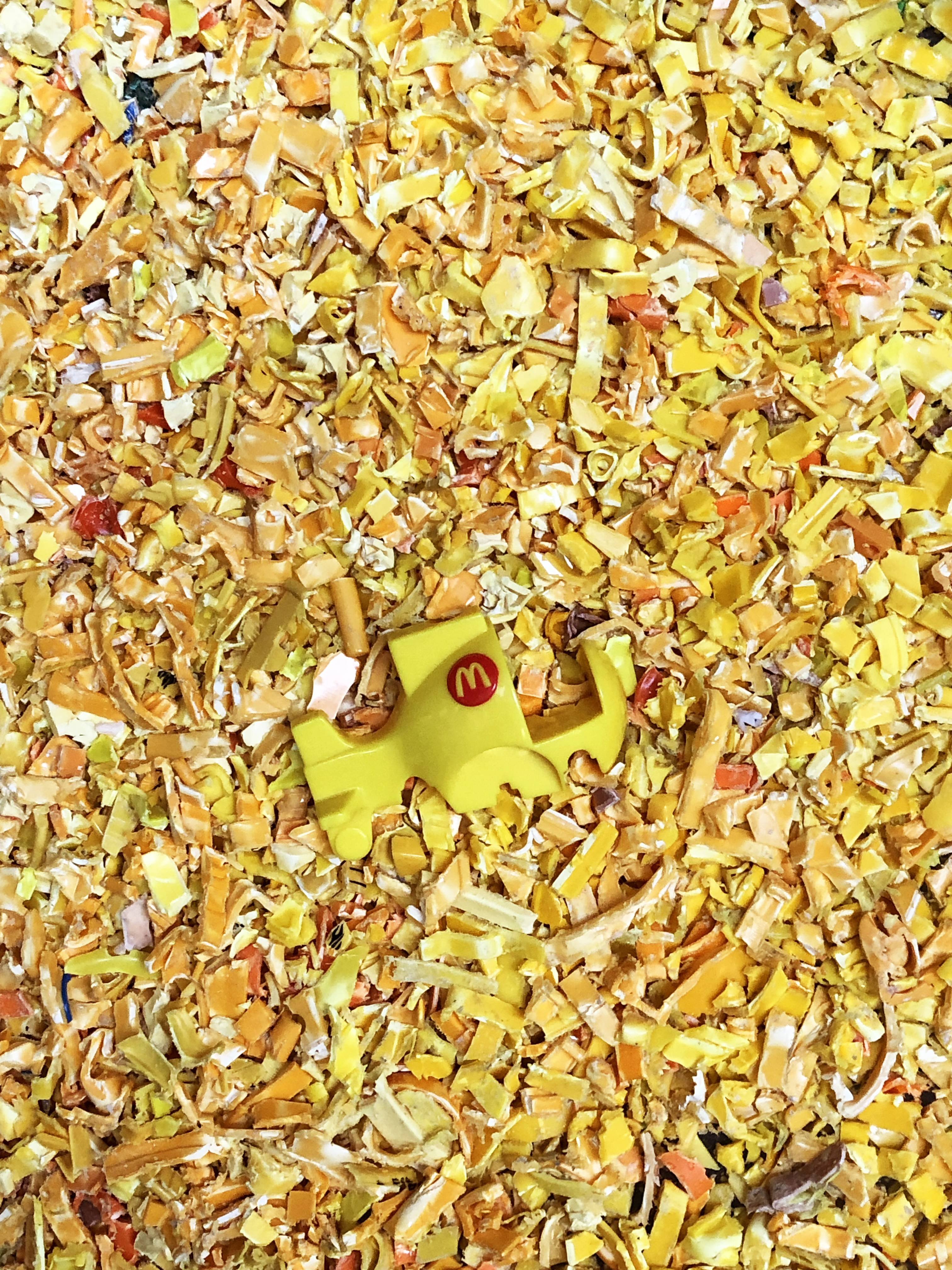
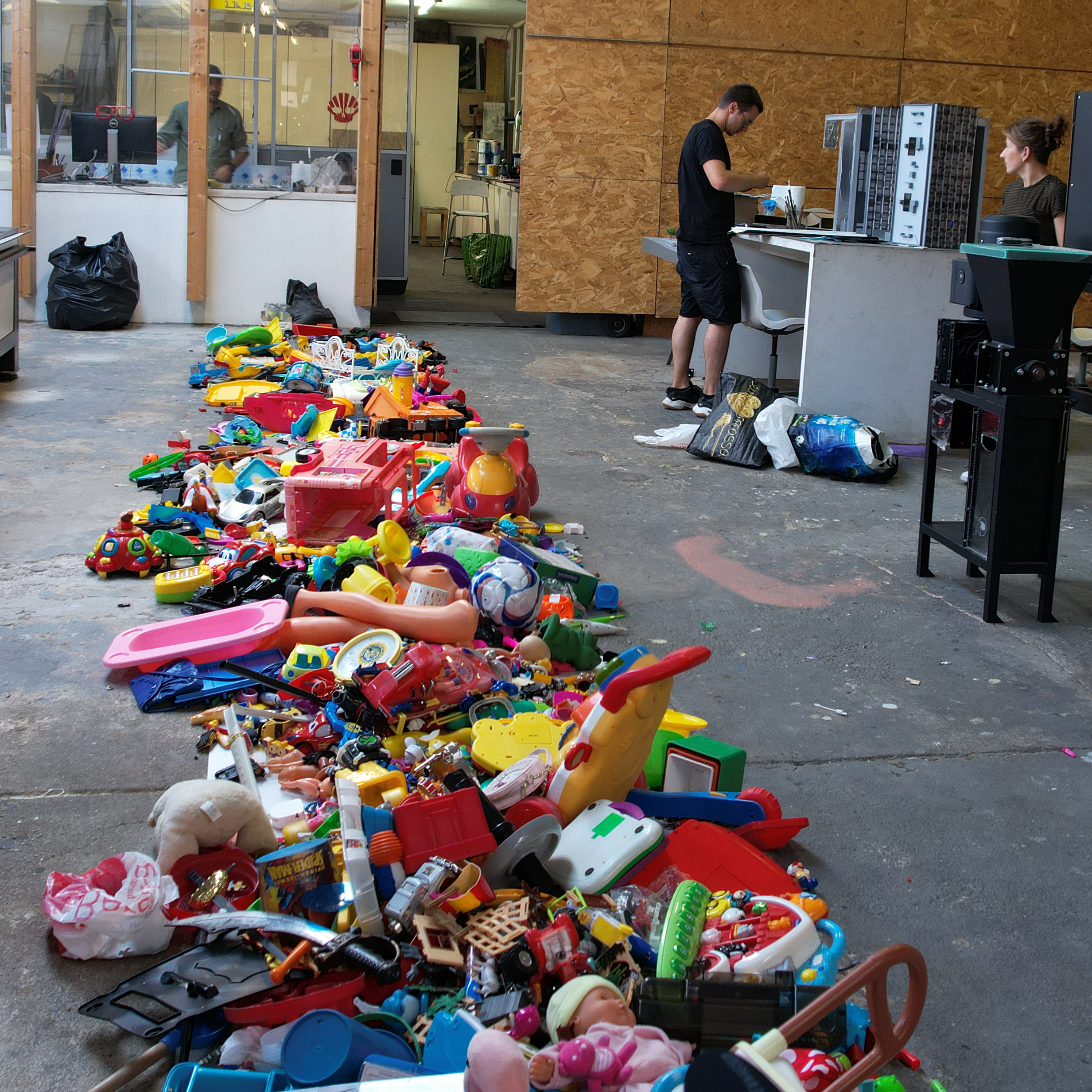
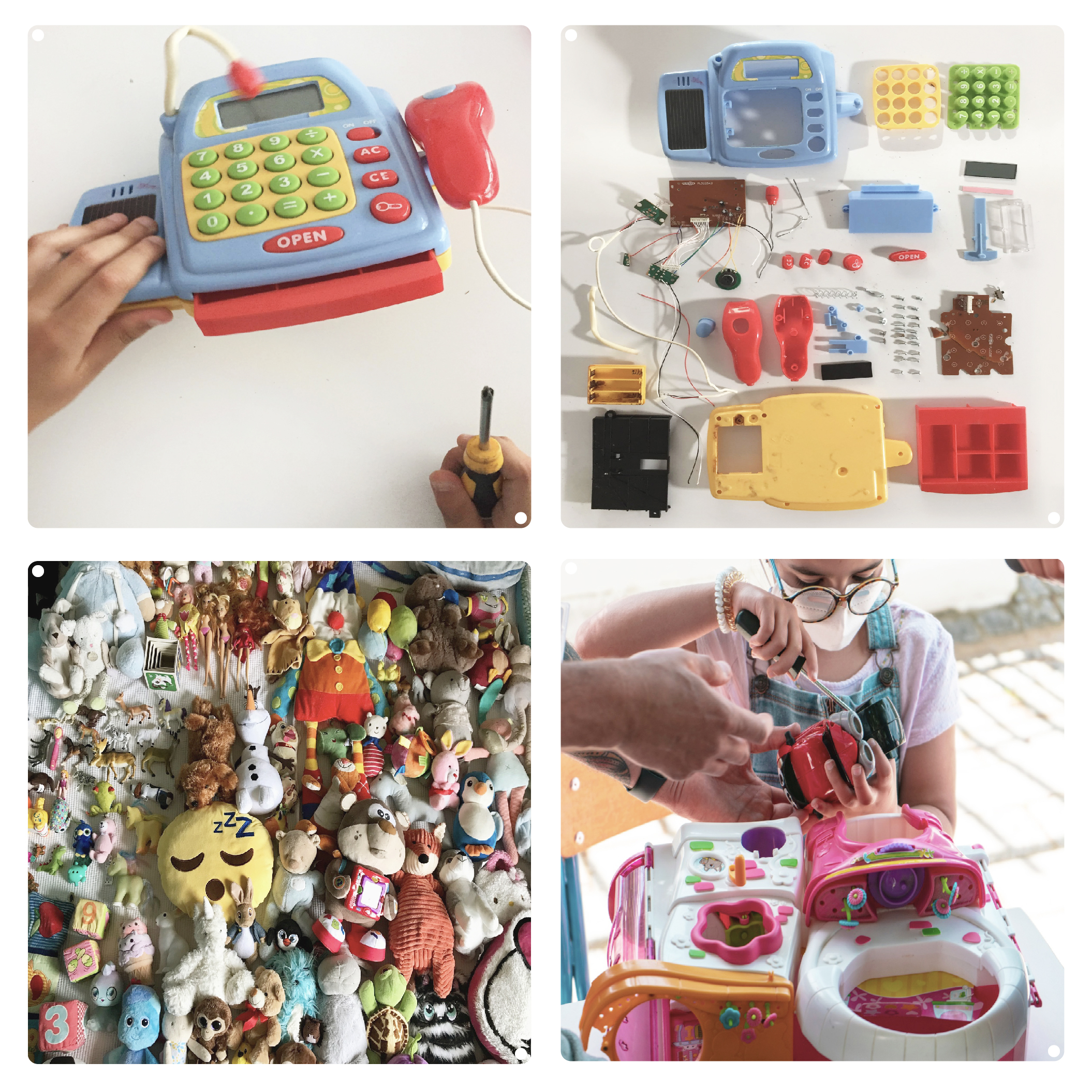
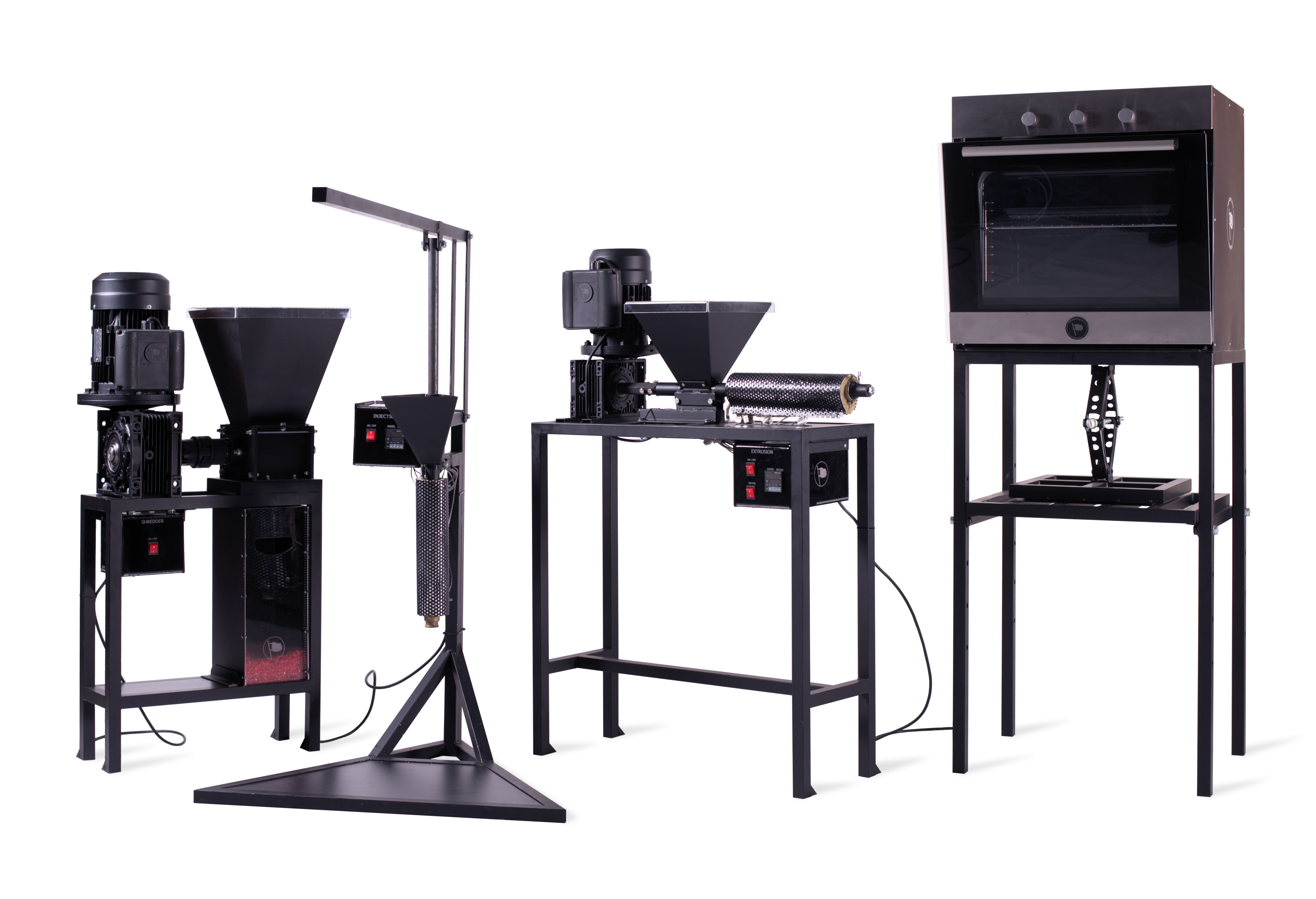
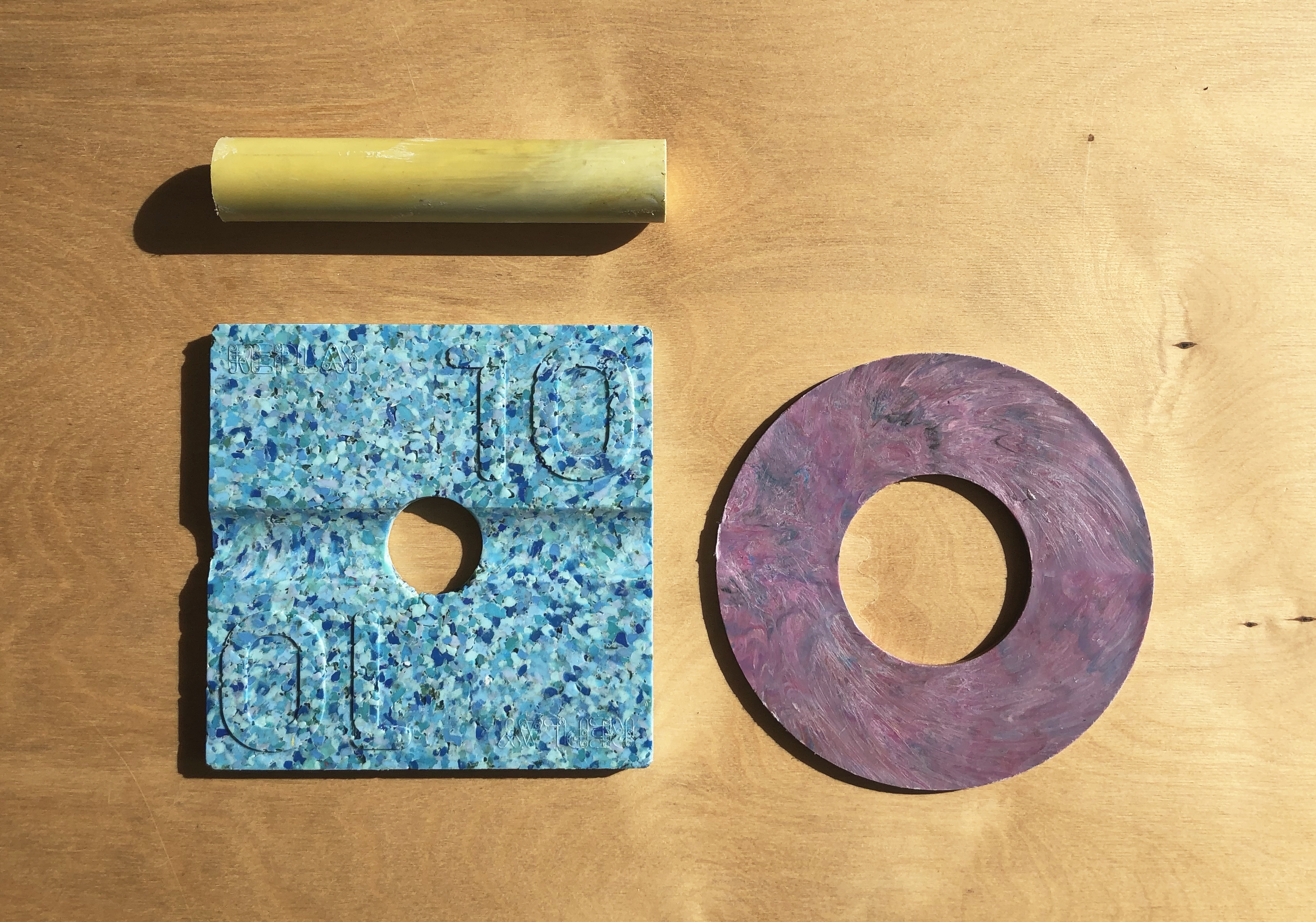
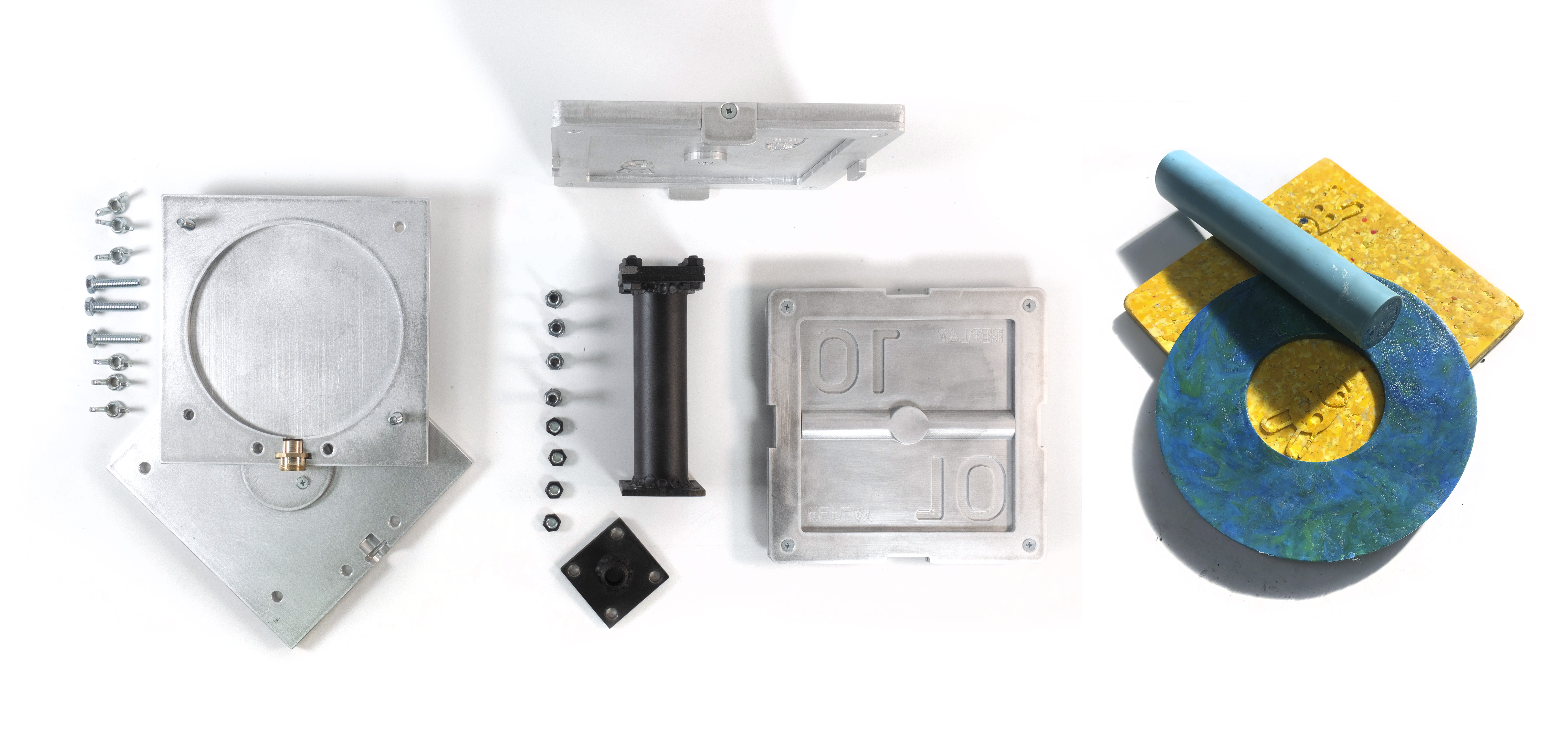
@Zero Waste Lab (formal name: Zewalab Associação Lix0), 2022
Content licensed to the European Union.